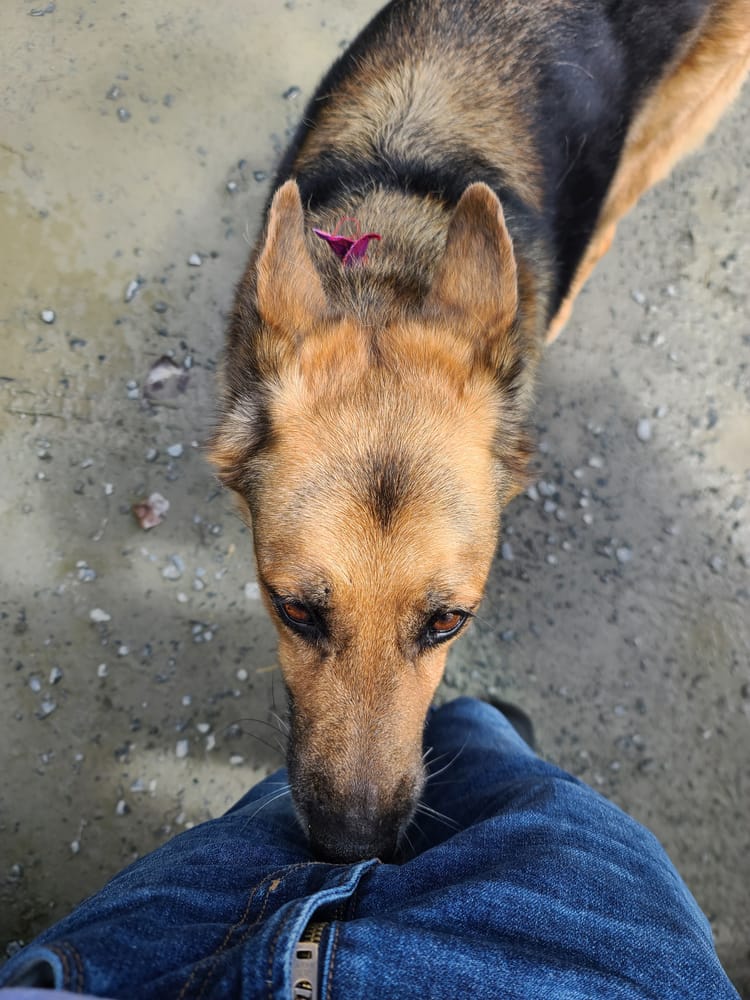If you’ve ever been greeted by your dog with a nose to your crotch, you’re not alone. While it might feel awkward, this behavior is a natural part of how dogs interact with their world.
The Science Behind the Sniff
Dogs possess an extraordinary sense of smell, boasting up to 300 million olfactory receptors compared to a human’s 5 million. This powerful nose allows them to gather detailed information about their environment and the beings within it .

The human crotch area is rich in apocrine sweat glands, which secrete pheromones conveying information about an individual’s age, sex, mood, and reproductive status. Dogs are naturally drawn to these scents as a means of understanding and connecting with those around them .
Interpreting the Behavior
When a dog sniffs your crotch, they’re essentially saying hello in their own unique way. This behavior is akin to how dogs greet each other by sniffing rear ends, gathering vital information through scent .
Factors that might intensify this behavior include:
Recent sexual activity or childbirth: These events can alter your body’s scent profile, making it more intriguing to your dog.
Menstruation or ovulation: Hormonal changes can emit different pheromones, attracting your dog’s attention.
Stress or illness: Dogs can detect subtle changes in body chemistry, alerting them to shifts in your emotional or physical state .
Managing the Behavior
While this sniffing is normal, it’s understandable to want to set boundaries. Here are some strategies:

Redirect Attention: Offer your dog a toy or engage them in a game to shift their focus.
Training Commands: Teach commands like “sit” or “stay” to manage their greeting behavior.
Positive Reinforcement: Reward your dog when they greet guests appropriately, reinforcing desired behaviors .
Conclusion
Understanding that crotch-sniffing is a natural canine behavior rooted in their remarkable sense of smell can help alleviate discomfort. With patience and consistent training, you can guide your dog toward more socially acceptable greetings while respecting their instinctual needs.





